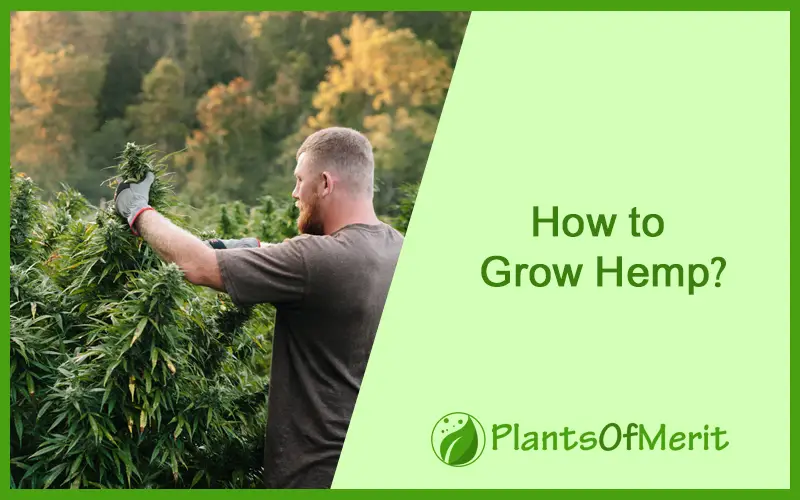Hemp is not only an amazing plant but a renewable resource as well. It is also utilized in various valuable and significant products of commercial use. Hemp is now cultivated for so many years because of its unique uses and characteristics. In modern times, people enjoy consuming hemp for many industrial uses like fibre making, bio-plastics, non-dairy milk, CBD products and extracts and a lot more. If you keep the functions aside, hemp plants look very presentable because of unrealistic greenery.
You might find the term hemp to be a bit tricky. In today’s world, botanists usually agree about the existence of just one category of Cannabis namely, Cannabis Sativa. Talking about it from the historical point of view, two more species were identified as a part of this group namely C. Indica and C. Ruderalis. Both are regarded as the sub-species of C.
Sativa. There are several cultivated hybrids and varieties. You may find them as a reference in terms of individual species and explained as having distinguished chemical compositions and physical traits. But, all of them share the same DNA. All kinds of Cannabis plants have the same genes to produce both psychoactive and non-psychoactive THC (tetrahydrocannabinol). The phrase psychoactive means substances which can affect the behaviour or brain function of a person.
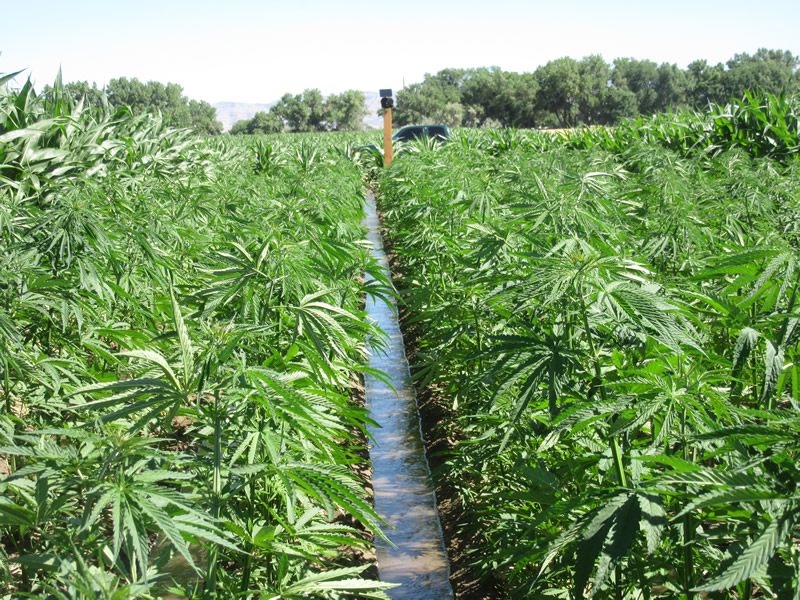
Male and Female Plants
Cannabis species are mostly of dioecious kind which means that male, as well as female flowers grow on male and female plants individually. A lot of gardeners also grow hemp from the seed itself. When a hemp seed is germinated, you can expect almost 50% of plants to be female and the rest 50% to be male.
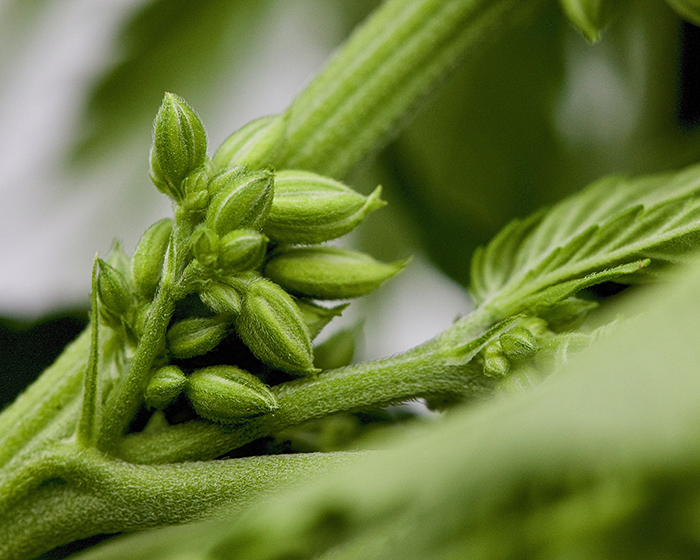
However, it is also possible for you to buy the feminized seed, which gets produced by the triggering female plants to generate pollen sacs with just female genetics for cross or self-pollination. Feminized seeds can only produce female plants and you can’t expect them to produce male plants. Vegetative clones of the plant can also be propagated with the help of plant cuttings.
- For harvesting hemp flowers, you usually grow female plants that are not fertilized.
- You can harvest the hemp fibers from both female and male plants.
- Seed or grain is produced by those female plants which are pollinated.
A cannabis plant can parallel produce both female and male flowers. These plants are known as hermaphrodites. Both genetics of the same plant as well as environmental stressors can cause such a phenomenon. To decrease the chances of such an occurrence, ensure that the plants are well taken care of and no environmental stress is caused to them at the flowering stage.
Photoperiod
Cannabis sativa is a photoperiodic plant with flowering and vegetative phases that need various daylight and darkness periods. The flowering of a hemp plant gets triggered when the darker period or night is nearly 12 hours long.
When the length of the dark period is not 12 hours long, the daylight becomes longer and the plants continue to be in their vegetative phase with no flowering. You can control the photoperiod in a confined growing ensue like a blackout cover or a grow tent. There are many subspecies of cannabis like C.
Ruderalis and hybrids are mostly day-neutral species and they can gradually start flowering even if the dark period is shorter. These are also known as auto-flowering plants.
How to Grow Hemp seeds?
You must be aware of the fact that several locations particularly stop the growth of hemp. In those areas which allow the cultivation of hemp, you might require a license and stick to a particular set of policies that differ from one locality to another. If you’re fortunate another to obtain the certified and licensed seed, you will have to provide the crop with intensely tilled soil with a 6 or even high pH value.
Soils should be well-drained but should be natural enough for retaining moisture because hemp is a crop with a high water requirement. It needs 10 to 13 inches of 25-33 cm rainfall in the growth period.
Sow the seeds directly all the risk of frost has passed in the temperatures of the soil a minimum of almost 42°F. In the most optimum conditions, the seeds can grow in almost 24 to 48 hours, budding in 5-7 days. In just 3-4 weeks, the plant may grow to 12 inches in height. Because of the high growth and vigour of the hemp plant, few diseases or pests become a major issue.
Can you grow Hemp indoors?
If you want to grow hemp plants indoors you must arrange for a controlled environment with the help of artificial lighting. It enables you to manage the plant in a better way including its flowering and growth. Hemp plants have four growth stages namely germination, seedling, vegetative and the last one flowering.
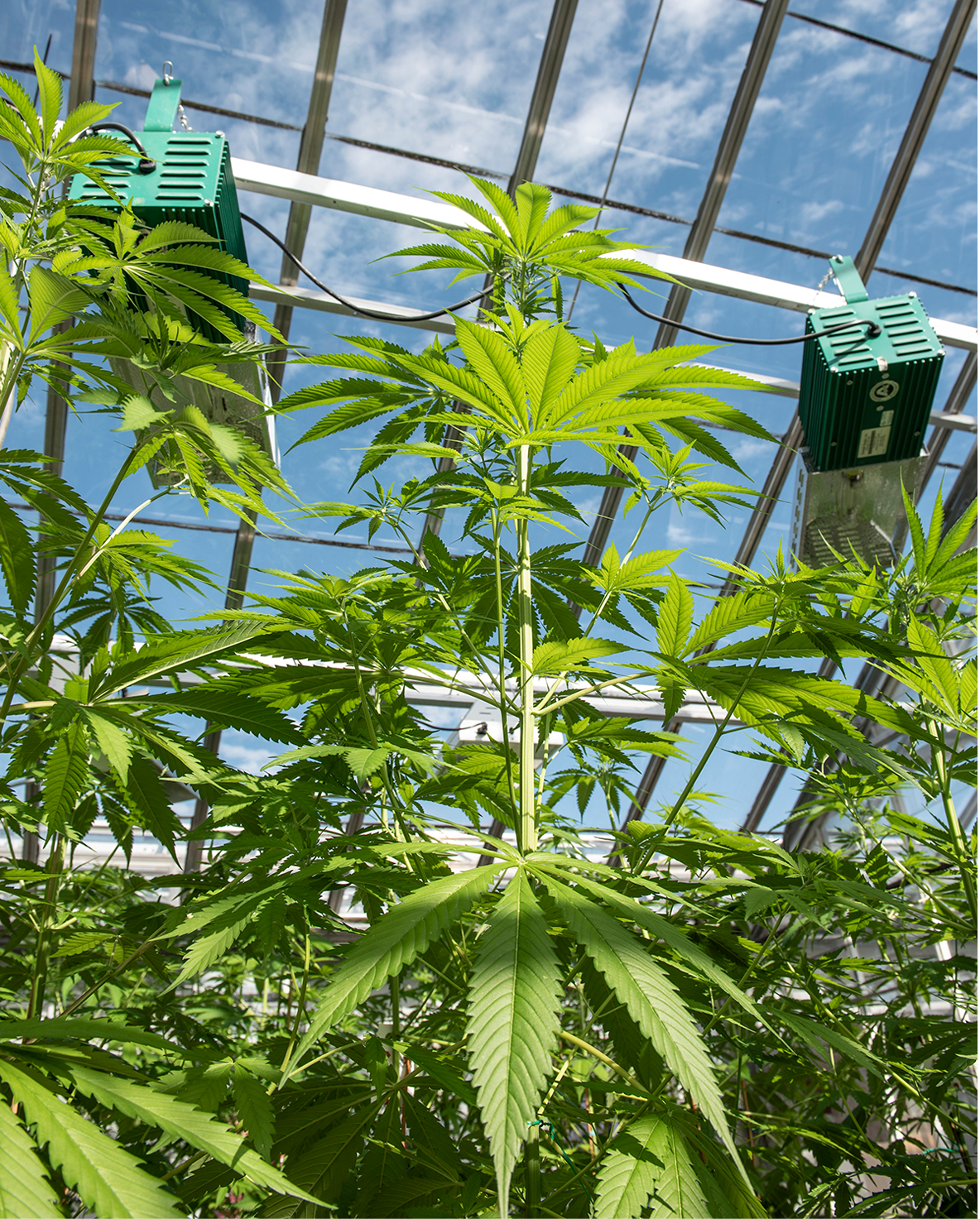
Germinating hemp seed
If you have ever grown tomato plants from a seed, it will be easy for you to grow hemp plants from sees with the help of similar techniques as well as environmental conditions. The steps you need to follow are as follows:
- Soak the seeds for at least 8-12 hours before germinating them for better results.
- The ideal temperature for germination is anywhere around 65-70 ° F.
- Plant the seeds almost 1 inch deep in the moist soil mix.
- Make use of seedling mat along with thermostat for controlling the temporary of soil.
- Make use of a humidity dome to control the humidity of germination.
You can make use of self-watering kits which are good at maintaining humidity and helping germination of seeds.
How to take good care of Hemp Seedlings?
- Relative humidity: If you want your hemp seedlings to perform the best, you must maintain a humidity range of 65-70%. Place the humidity dome on the seedlings for the first one or two weeks for better management of humidity levels.
- Light volume: To provide enough light when the seeds are germinated, make use of high-output T5 fluorescent grow lamps, and high-quality LEDs. Keep them many inches far from the seedlings. When you grow them in the Hemp Grow Kit, place the seed tray at the base, and then reduce the LED fixture of high output to the suitable height for all seedlings.
- Feed: Make use of a water-soluble fertilizer that is rich in nitrogen with a targeted NPK ratio of 3:1:2 at the ¼ of advised application strength for watering or misting the seedlings until they transplant.
- Temperature: The seedlings which have been already germinated require temperatures in the range of 68-77°F. You can also use a heat mat for managing the temperature of the seedling.
- Light photoperiod: Place the grow lights on an average of 18-24 hours every day. If there is s stretch in the seedlings, lower down the grow lamps and make them close to the plants and give more time to their cycle of light. Make use of a timer for making the grow lamps automatic.
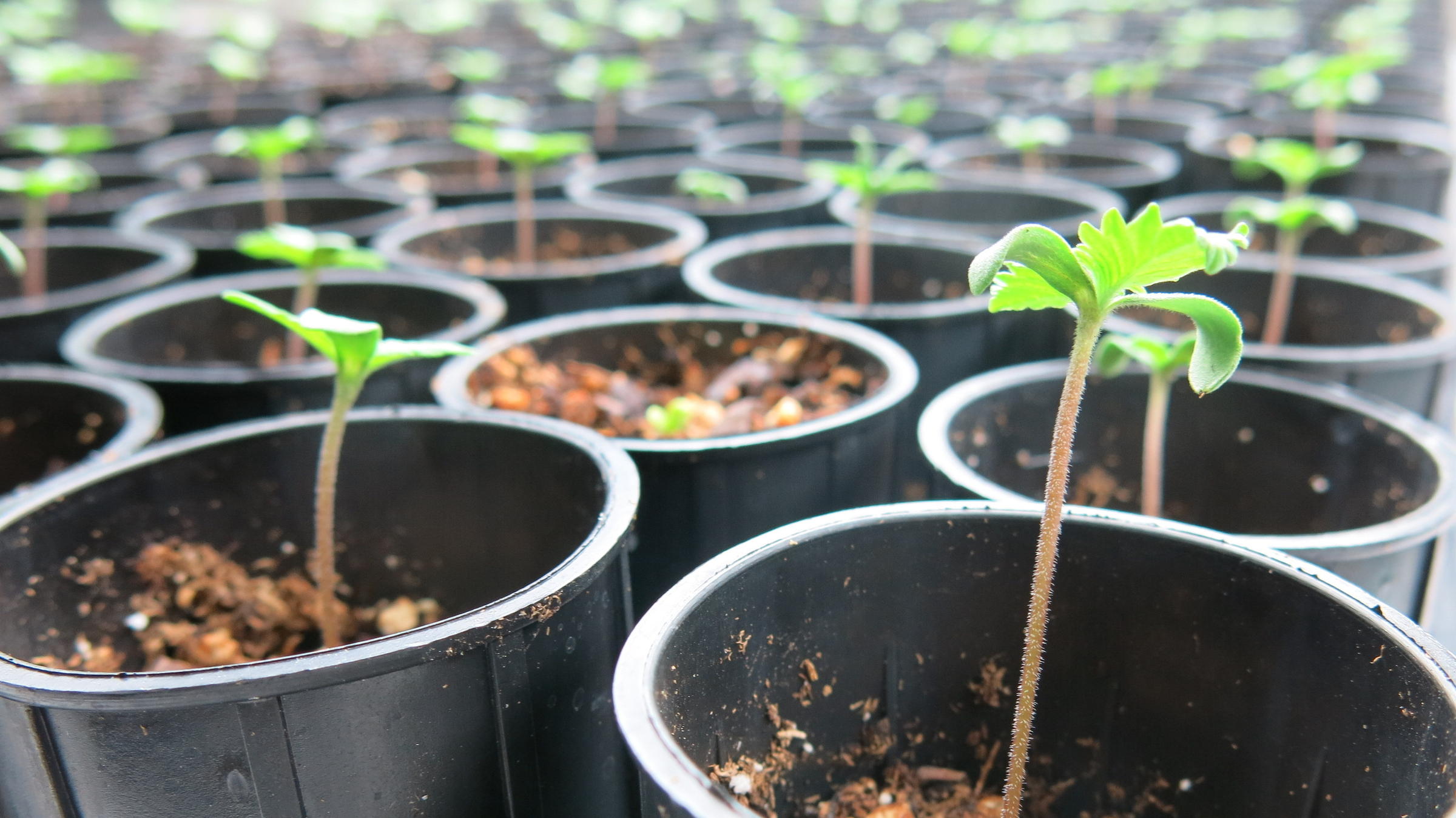
You must note here that various fertilizers will have different ratios of NPK. Select the one that has the same balance as the target ratio on each development stage.
Transplantation of Hemp Seedlings
First transplant: When the seedlings start rooting towards the bottom and edges of the rooting plug or cell, you can transplant them to a 4-5 inch container with the help of a transplant mix soil.
Last transplant: When the hemp transplants are rooted towards and sides are of 4-5 inched pots, you can transplant to a larger pot or grow bag with the help of a compost soil mix.
Important tips to follow when growing Hemp
- Be careful
Though there is a lot of uncertainty in this developing industry, the great potential return is allowing the growers to try out hemp and many are getting engaged in this. Between 2018 and 2019, the acres of land for CBD increased from almost 70 to a little more than 5,600 in several areas in the world. Those who plan to plant almost 40 acres for hemp.
- Keep trying
As they get forged more, people focus more on how they will extract the hemp and market it. So many people have spent more than months researching how to grow hemp. There is very little information particular to the growing area of research carried on how the growth is wanted. You can also grow the crop with no information about it. You must give attention to the plant you’re growing. You can’t become careless after planting it. As of now, the stakes are high while you grow Hemp than any other crop such as soybeans or corn.
To understand the growth requirements of hemp better, you will have to undergo a trial and error method. No matter if you succeed or not, there’s so much you can learn. You must note from your choice of seeds to the oil extraction to plant nutrition, there is so much you can know about the growth of this plant.
- Be wise when choosing seed
You must choose the seed wisely. In 2019, two different feminized strains of seed were chosen namely Hempress 2 and Trump 2. It was found that the former seed costs $1 for each side and it was initialized by a greenhouse house that used to change $3-25 for each seedling to begin with.
Hemp can grow sustainably. It is a very tolerant, annual and hardy plant that can consistently produce higher yields. Instead of harvesting different resources or extinction of fuel for industrial requirements, at the cost of the environment, this resource can be considered as the base for an ecological industry that will be free from pollution. Hemp, however, can also be cultivated organically.
You just need to strip out the fibres using your hand from the stem which is done in big factories using harmful chemicals or smokestacks. These building materials which are similar to wood are stronger than the wood itself and you can manufacture them at a cheaper rate than the wood you get from trees. You can use the hemp-derived raw materials to reduce the costs of building and also save a lot of trees.
How to prepare the soil?
For quick germination of the hemp seed, you will need a form a d fine seedbed. Traditional seedbed preparation as well as drilling methods, is ideal. The seedlings will not even in a uniform manner if you place the seed at a height that is more than 2 inches. You can grow industrial hemp on different types of soil.
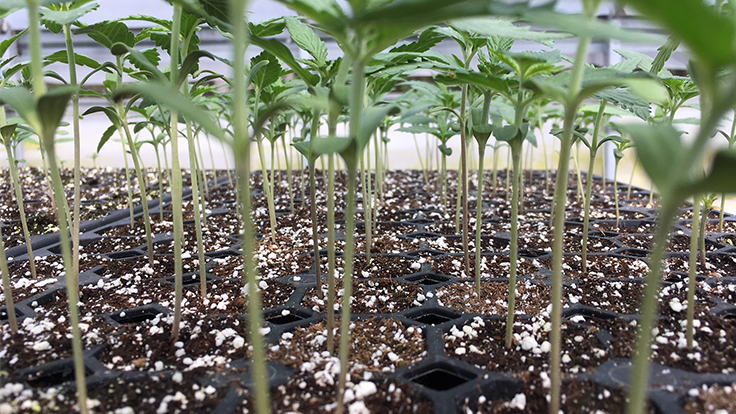
Hemp is more suitable to form in a deep, properly aerated soil that has a pH of 6 or higher with high moist7re as well as the capacity to hold nutrients. It cannot be grown in soil that is not well-drained because heavy rainfall can cause the hemp crop roots to get damaged. You must remember that hemp is a very sensitive plant and you must keep it away from soil compaction and flooding.
What is the best time for hemp seeding?
The ideal time for hemp seeding is based on the soil and weather conditions apart from any calendar date. You can seed hemp as before as 2 weeks before corn only if the soil conditions are suitable. But, seeding shouldn’t start till the temperatures of the soil have reached at least 42-46°F. Hemp seed needs 24-48 hours for germination and can emerge in almost 5-7 days with proper moisture along with the warm temperature.
Conclusion
This is all you should know about how you can grow hemp. Follow all the above-mentioned tips to grow this plant in the best possible way. You need to take care of the plant even after the seed is germinated. You can’t just be careless after planting the seed. You must monitor the soil conditions and other factors to make sure that the plant grows in the ways it should grow ideally. The most important aspect is the preparation of soil and many other factors.

